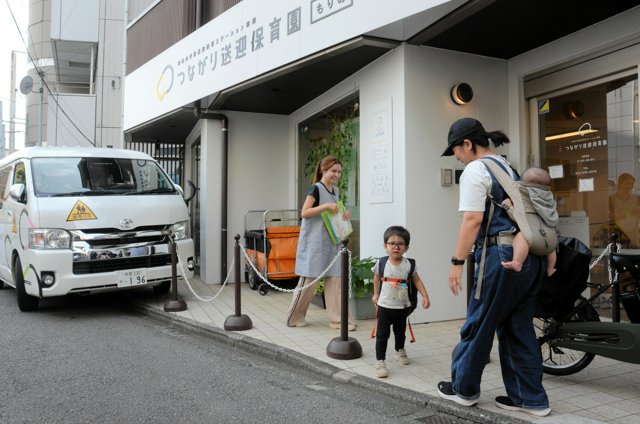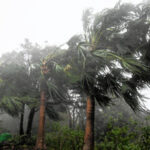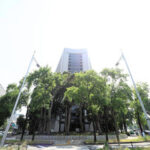On the way to work, parents can drop off their children at stations where they are then taken to nearby daycare centers. In the evening, the children wait at the same spot to be picked up. These “commute daycare stations” are becoming increasingly popular. They not only reduce the burden on parents but also help decrease the number of children on waiting lists for daycare.
In mid-August, we visited “Connection Commute Daycare – Forest,” located in a residential area about a 5-minute walk from Odakyu Line. This commute daycare station has been operating since 2017.
Around 4:30 PM, a van marked “Children’s Bus” arrived. Eight children got off, accompanied by daycare staff.
The children spend time indoors until their parents, finished with work, come to pick them up. Although the children are of different ages and attend different daycare centers, they quickly become lively—playing hide-and-seek together or listening to staff read picture books.
Commute daycare stations have gained attention in recent years. While some municipalities have successfully reduced waiting lists for daycare, others have discontinued the service due to low usage. The latter part of this article discusses challenges highlighted by experts.
After a while, a parent named Tomioka came to pick up their child…






